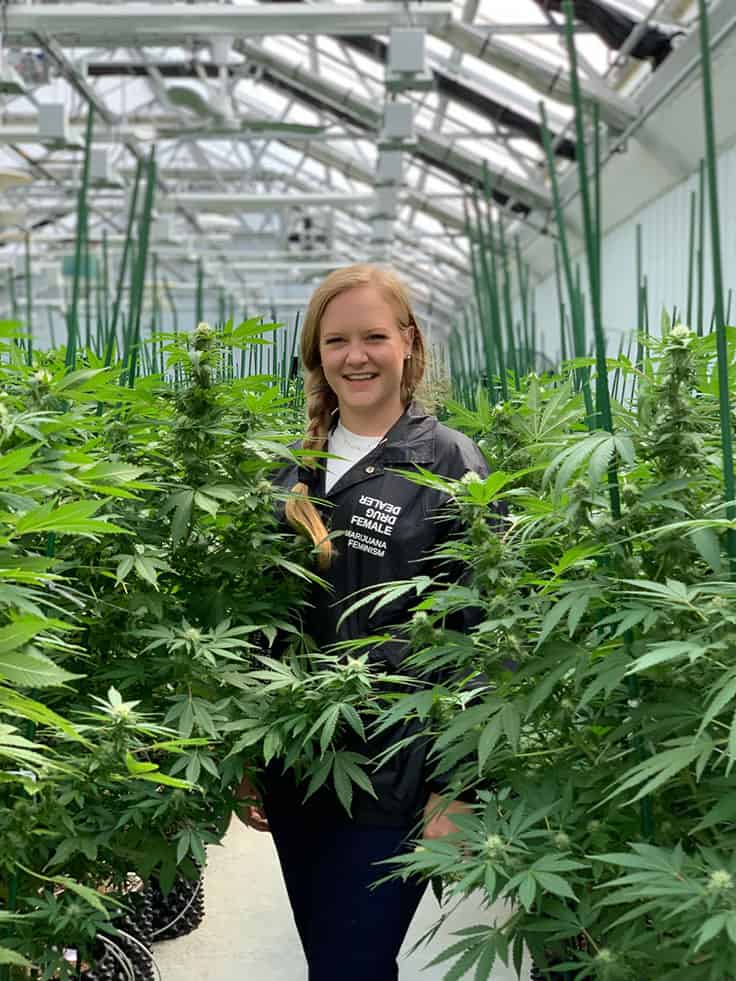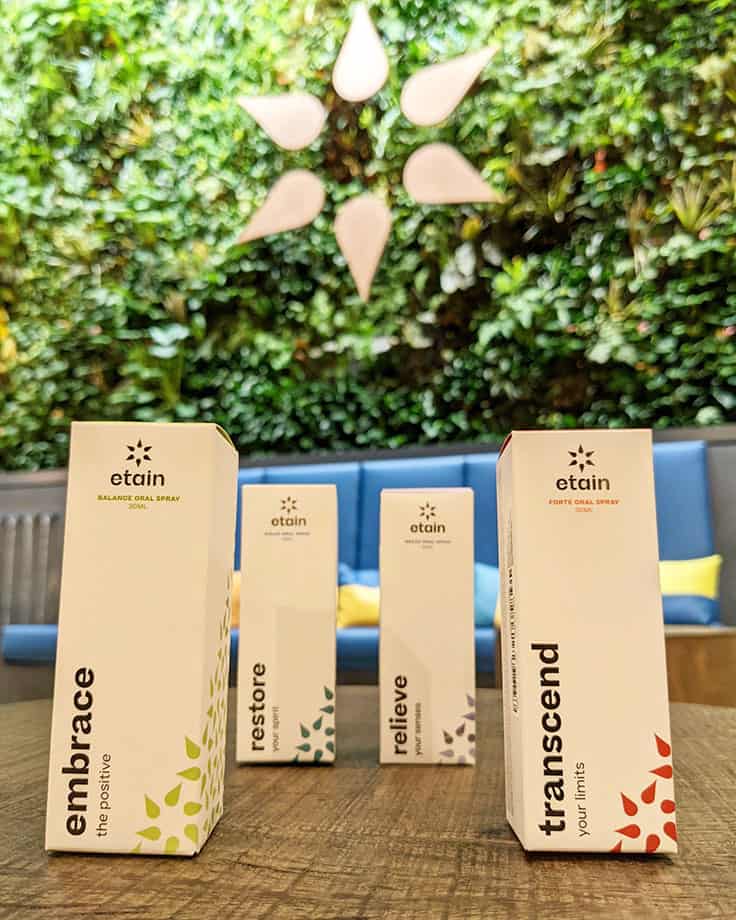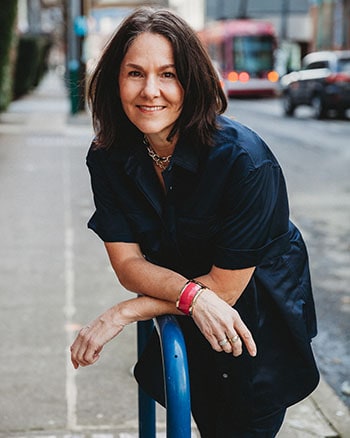With the introduction of nutrient supplements, one common misconception Ian Bateman, who works in professional technical services at Hawthorne Gardening Company’s Horticulture Division, sees at cultivation operations is growers
“[Base nutrients contain] the bulk of the plant essential nutrients,” Bateman says. “What the supplements should be doing is enhancing or supporting the base nutrients, but because of marketing, because of how these products are positioned, growers think that they’re going to get all the yield and the performance out of the supplements and the base nutrients become kind of an afterthought.”
Just like for humans, vitamins are a great way to supplement nutrients people may not get enough of in their regular diets, but they can’t completely negate unhealthy eating.
“You can take all the fish oil and all the B vitamins and all the stuff you want, but if you eat like crap, you’re going to look like crap and you’re going to feel like crap,” says Ian Bateman. “The same is true for plants.”
When plants don’t get what they need, nutrient deficiency symptoms vary, but common problems include interveinal chlorosis (yellowing leaf margins,) or chlorosis (leaves appear pale, lime green or even yellow), Bateman says. However, it’s
“In the real world, most of the time, when plants are deficient, they will have multiple things wrong with them,” he says. “It’s
Without proper nutrient balance, toxicity also can occur, and symptoms include burning or singeing
In order to avoid an imbalance, Bateman recommends
1. A combination of base fertilizers and supplements is key to producing high quality plants.
Two decades ago, nutrient programs were more complicated, Bateman says, and often involved
“Now we’ve gone in the other direction where growers want to simplify,” Bateman says. “The pendulum swings one way, and now it’s definitely swung the other way, where I feel like a lot of growers are being a little too reductionist. They may say, ‘All I need is mineral salts, just give me a simple base nutrient recipe, and we’re done.’ And that does work, there’s no doubt about it. But what is being left on the table?”
Plants need different proportions of different nutrients as they grow and mature and during key lifecycle stages for growers to get the results the
“For example, a young seedling is going to want high phosphorus to set roots. A young fast growing vegetative plant is going to want lots of nitrogen and iron to grow lots of leaves,” he says. “And then when it starts to fruit and flower, it’s going to want less nitrogen and is going to want
A base fertilizer program tailored for plants at different growth stages is a good start, Bateman says, but supplements are often highly beneficial to produce the highest quality plants and can solve a lot of common problems, as described in additional tips below.
2. Solve nutrient deficiencies with supplements, not base fertilizers.
Base fertilizers contain not only key macronutrients for plant development, but also an array of micronutrients that plants need very small amounts of but are still crucial, Bateman says. Because base fertilizers are wholistic feeding programs, it’s difficult to use them to increase a single nutrient without overapplying another key nutrient, Bateman says.
“It’s usually easier to address a class of deficiencies with supplements then it is to raise the base level of nutrients,” he says. “For example, calcium deficiencies tend to flare up pretty often. If you raise base nutrients to raise calcium levels, you’re going to be bringing in other nutrients, usually nitrogen and lots of micronutrients. You might get a situation where you correct the calcium deficiency but now you have toxicity in some other nutrients. So bringing in a calcium/magnesium supplement makes a lot more sense to me.”
3. Calcium deficiencies are common. Make sure plants get enough.
Calcium deficiencies in plants tend to be more common than others for many reasons, Bateman says. Plants need calcium in high amounts, and if they don’t have enough, they aren’t able to produce high quality fruits and flowers, he says.
“
Although calcium is critical in all stages of growth, the plant needs it the most in early flowering, Bateman says, as it’s a key element in producing strong, healthy fruits and flowers.
“The plant is growing very quickly and at that point setting its inflorescence structure,” he says.
When
“Nutrients can be antagonistic to each other. Calcium and magnesium are a perfect example of that. If you raise one, you have to raise the other to keep them in balance,” Bateman says. “Otherwise, you fix the calcium deficiency and now you
4. Check your water supply before using a calcium/magnesium supplement.
If growers are working with a base nutrient with ample calcium and magnesium, they may not need to supplement them, Bateman says. However, most do not contain enough. And, if growers irrigate with soft water or use reverse-osmosis systems, a calcium magnesium supplement is highly recommended, he says.
“For growers who are using hard water that has tons of calcium and magnesium in it, I actually don’t recommend using [Cal-Mag Plus] because in that case, you’re overloading the plant with it,” Bateman says. “There’s so much in the water already. It’s not a one-size-fits-all [solution], but for the majority of growers, it’s a good thing to use or at least have [Cal-Mag] in your arsenal so if something does come up, you’re ready.”
5. Consider sulfur to improve aroma and value.
Sulfur is one of the element
“It’s one of those nutrients that people don’t talk about a lot. They like to focus on the potassium and the phosphorus, but sulfur is one of those underrated ones,” he says. “Plants are also very tolerant to high sulfur levels, and I think this makes evolutionary sense because a lot of water supplies are full of sulfur.”
6. Silicon can be used as an “insurance policy” for plants.
Silicon is considered a beneficial nutrient, not essential, as plants can grow without it. But Bateman says growers should consider supplementing their crops with silicon throughout the plant’s entire lifecycle starting in the vegetative stage after each irrigation. Botanicare offers Silica Blast, which can help improve vigor and protect plants from environmental stressors. Like calcium, silicon is not translocated within the plant, so new tissues won’t get the benefit of silicon if it is only applied once in a while
“Silicon is deposited in the skin or epidermis of the plant, and it makes the plant stronger. And there’s a lot of benefits to having a stronger plant,” Bateman says. “One of the obvious ones is the branches won’t break as easily. It also helps the plant in extreme environments.”
For example, if an air conditioning unit goes down and the heat rises, forcing plants into a drought situation, silicon can help protect plants and provide much-needed buffer time until the problem is resolved.
“It’s almost an insurance policy that it offers you to give the plant a bit more time to react should something bad happen,” Bateman says.

 Hillary Peckham, COO, at Etain’s cultivation facility. Etain is a vertically integrated, medical cannabis company in New York’s medical program but plans to transition to the adult-use market. Photo courtesy of Etain
Hillary Peckham, COO, at Etain’s cultivation facility. Etain is a vertically integrated, medical cannabis company in New York’s medical program but plans to transition to the adult-use market. Photo courtesy of Etain  Etain’s newly rebranded packaging Photo courtesy of Etain
Etain’s newly rebranded packaging Photo courtesy of Etain 